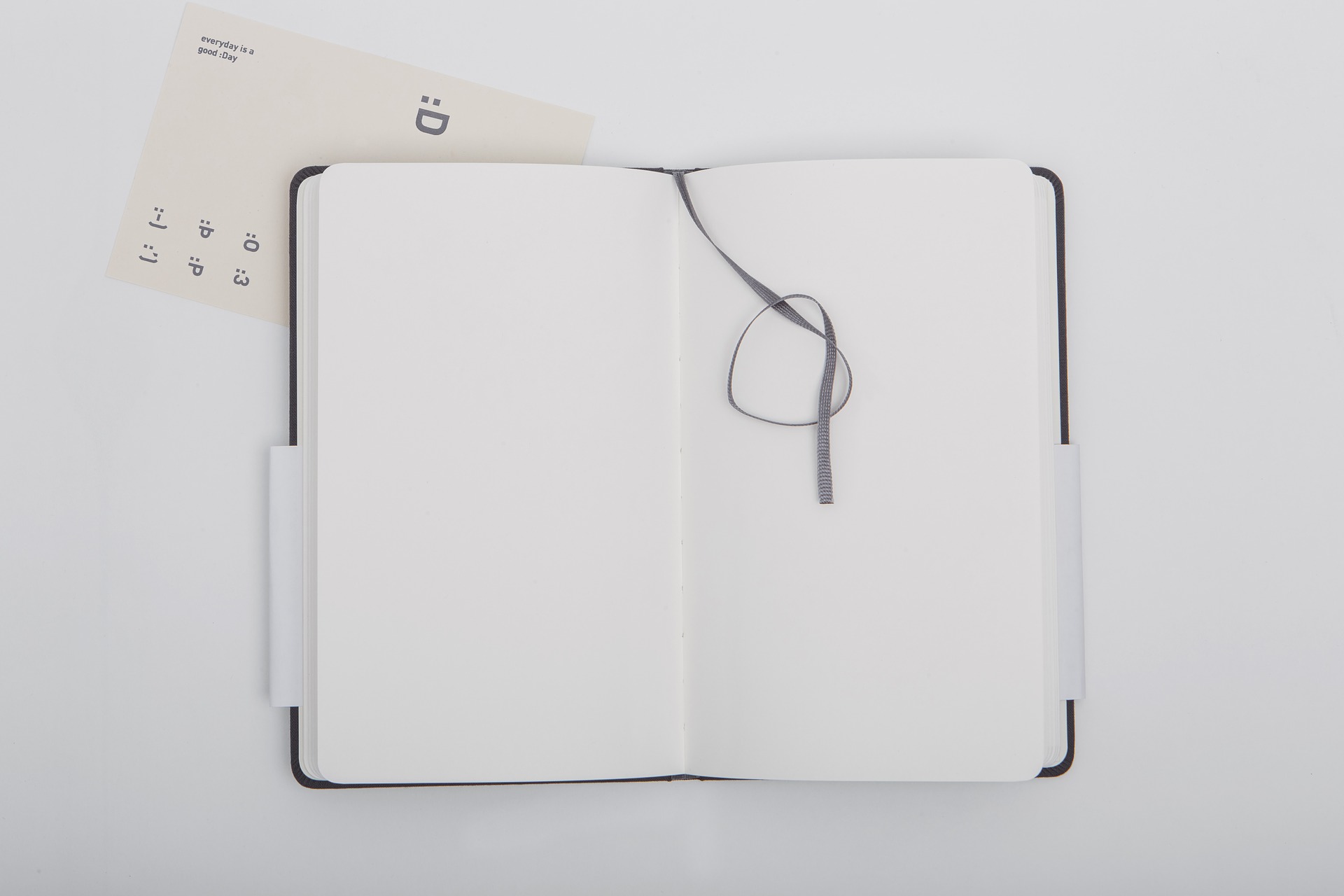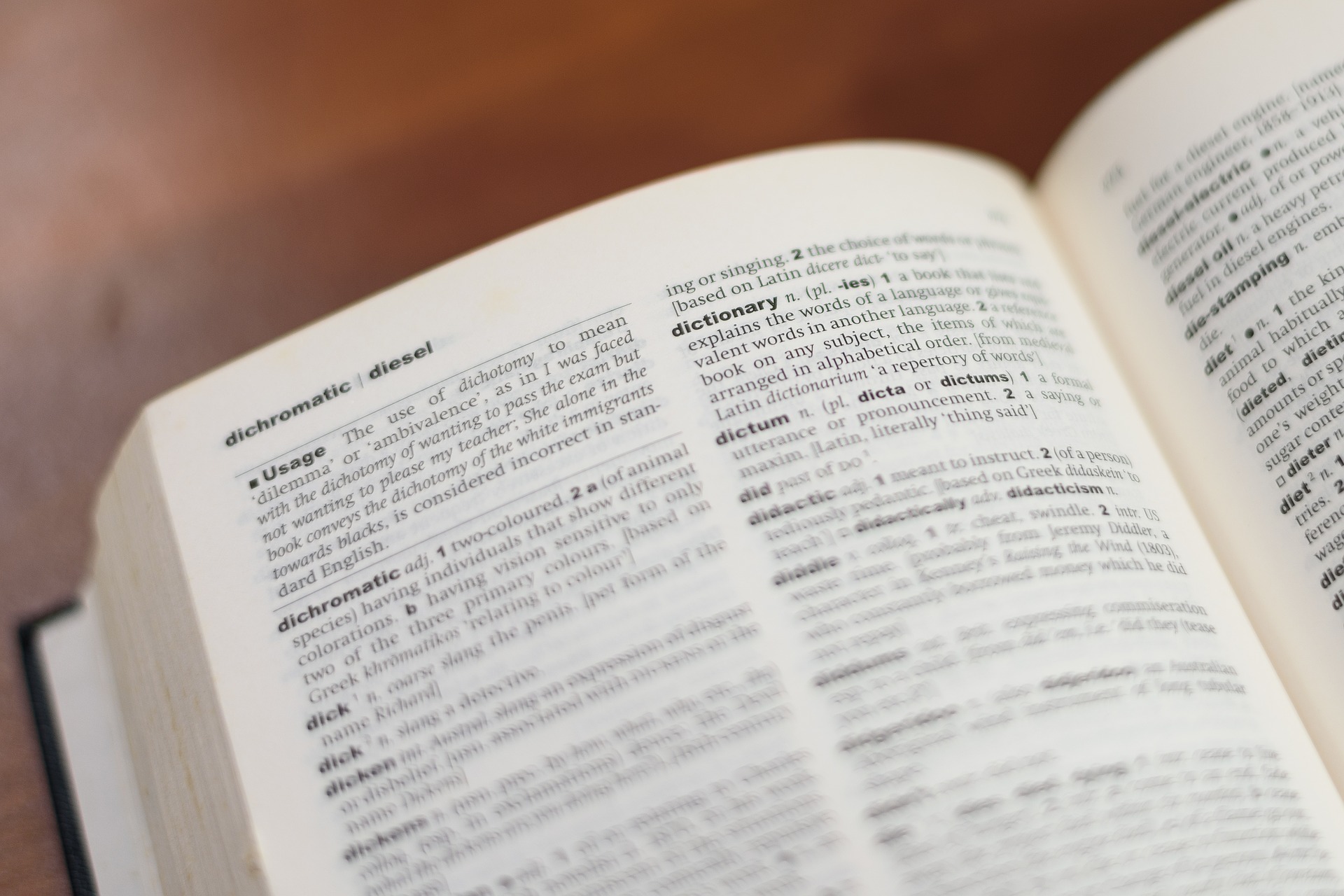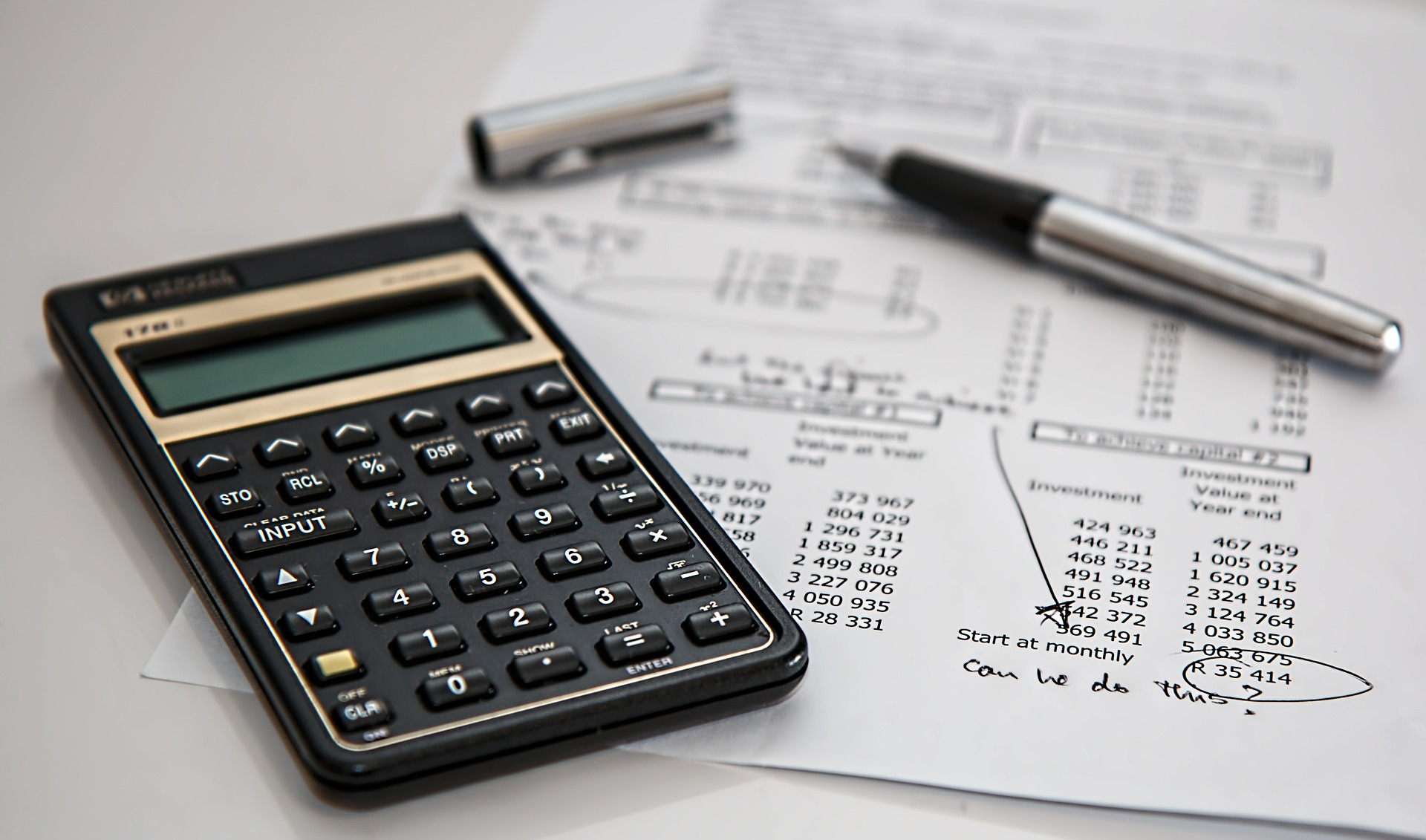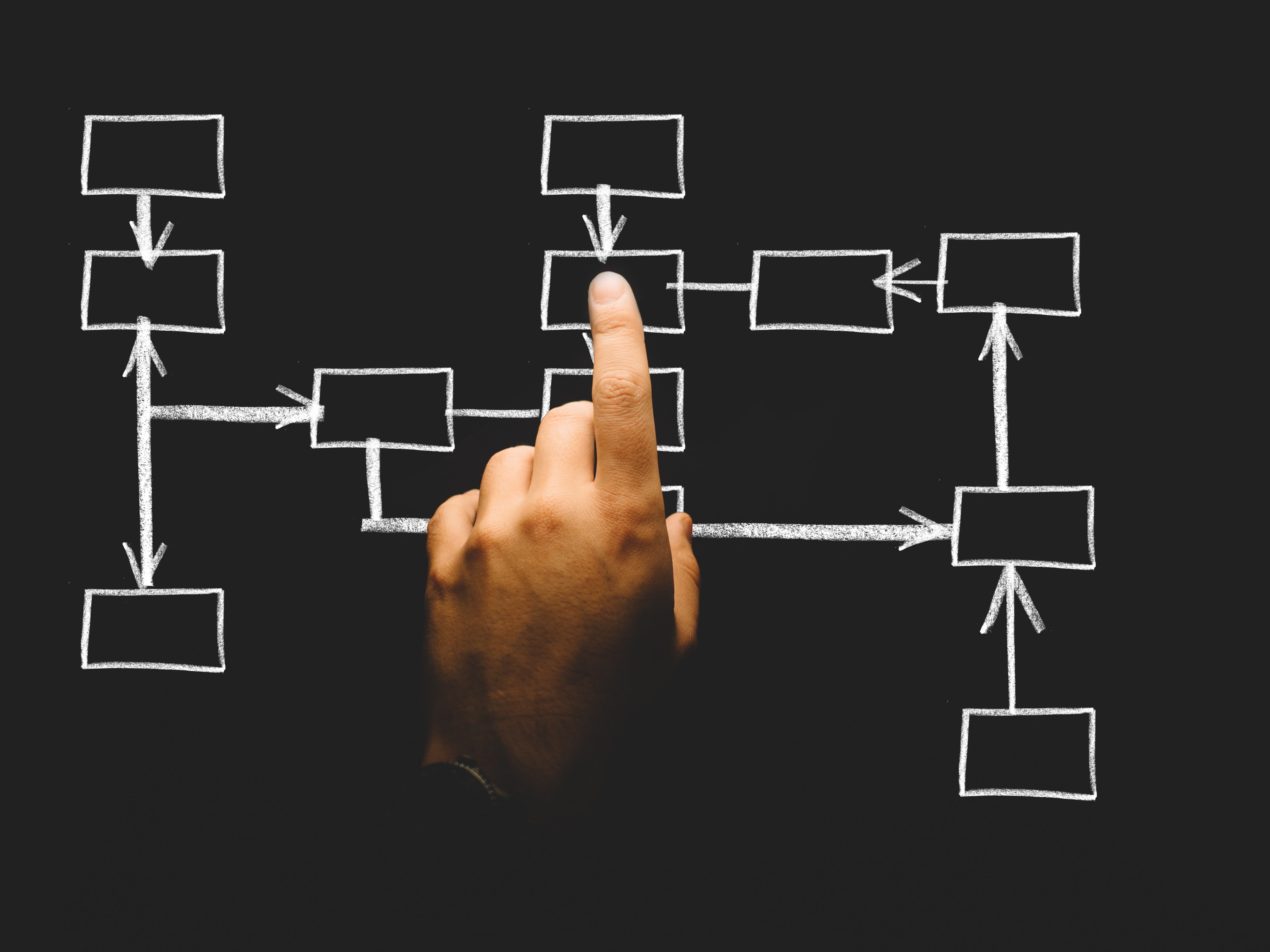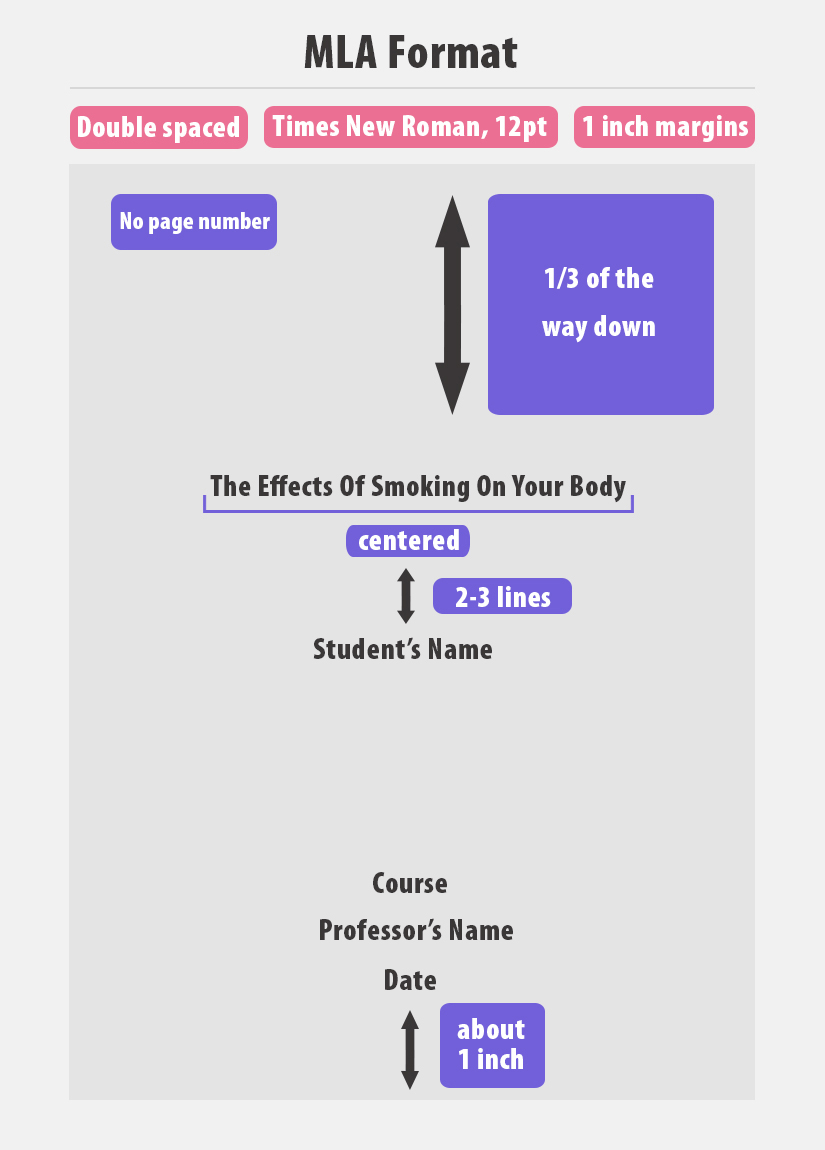Research Design: Definition, Types, Writing Tips
February 25, 2021

Choosing a research design is a major decision to make when starting to work on any study. That’s because your choice will determine whether the obtained evidence will effectively address your research problem unambiguously.
When performing a social science study, gathering relevant evidence involves specifying the required evidence to evaluate a certain program, test a specific theory, or describe a unique phenomenon. Ideally, researchers must choose the framework of techniques and methods to use and apply in their research process. Thus, they must design research process first.
Contents
- What A Research Design Entails
- What Is Research Design?
- Experimental Research Design
- Qualitative Research Design
- Quantitative Research Design
- Correlational Research Design
- Descriptive Research Design
- Explanatory Research Design
- Exploratory Research Design a>
- Cross-Sectional Research Design
- Mixed Methods Research Design
- Phenomenological Research Design
- Sequential Research Design
- Case Study Research Design and Methods
- Single Case Research Design
- Ethnographic Research Design
- Narrative Research Design
- Causal Comparative Research Design
- Retrospective Research Design
What A Research Design Entails
Coming up with a research design and method for a research project, or the framework is part of the process of planning a study. It’s looking for the best ways to answer a specific research question. This process entails making paramount decisions about:
- The timescale and location of your research
- The required type of information or data
- Sources and participants
- Hypothesis and variables
- Data collection and analysis methods
Your design should set parameters for the project. It should determine what to include in the study while defining the criteria for evaluating results and drawing conclusions. The validity and reliability of a study are largely dependent on the type of research design used to collect, analyze, measure, and interpret data. As such, a strong design is essential for the success of a scientific paper, research proposal, or dissertation.
What Is Research Design?
Before proceeding with this discussion, it’s crucial to analyze the research design definition. As hinted, a design in research is a framework of the techniques and methods that will be applied and used throughout the study process. This framework allows a researcher to determine the suitable research methodology for their study topic and set up their research properly.
Researchers can choose different research design types depending on their studies. But, every design must feature the following elements.
- Purpose statement
- Research analysis methods
- Data collection techniques
- Settings for research study
- Research methodology type
- Timeline
- Probable research objections
- Analysis measurement
The exact elements vary based on the design type. However, these characteristics are common among all designs.
Depending on the research type, a researcher can choose from different types of design. Here are the most common types of research design.
Experimental Research Design
Researchers use this design to establish a relationship between a cause and the effect. It can be used in a controlled experiment or field experiment. Quasi-experiment research design can also fall under this framework. When using this design, a researcher observes an independent variable’s influence on a dependent variable. For example, a researcher can observe the effect of price, which is an independent variable, on the customer’s satisfaction, which is a dependent variable.
A researcher can use this design to solve a problem through the manipulation of independent variables and observing how the dependent variables change. For instance, a researcher can experiment with price changes to observe how the changes affect customer satisfaction.
The only difference between experimental and nonexperimental research design is that the former employs scientific approaches to manipulate the control variables while measuring their effect on dependent variables. A non-experimental design does not entail the manipulation of the control variables.
Qualitative Research Design
This design aims to provide answers to how and why a phenomenon happens. Researchers that use this design employ open-ended survey questions most of the time. And quantifying descriptive answers is sometimes difficult. These answers are also difficult to express using numbers. As such, researchers can use this method to collect complex information or explore people’s behaviors and thoughts. It’s an ideal design for finding ideas, formulating predictions, and explaining numbers.
Popular qualitative research design types include:
- Grounded theory method
- Ethnographic model
- Phenomenological method
- Historical model
- Case study model
- Narrative model
These methods enable social science researchers to understand the viewpoint of the participants by focusing on human behavior.
Quantitative Research Design
Researchers use this design when they want to answer questions like what, who, where, how many, and when? With this design, a researcher employs more close-ended questions. That way, quantitative surveys are easy to transform into stats, numbers, chats, and graphs.
Most businesses use this design to learn about customers and gather data that they can use to make decisions. For instance, a business can employ a quantitative survey like NPS Survey to measure customer satisfaction on a scale of one to ten.
Common methods that researchers use with this design include:
- Descriptive research
- Survey research
- Experimental research
- Correlational research
- Causal-comparative research
The focus of these methods is to gather numerical data and then generalize it across certain groups or explain a specific phenomenon.
Correlational Research Design
This is a non-experimental design that a researcher can use to establish the relationship between variables with a close connection. Ideally, using this design requires a researcher to have two separate groups. The researcher should not make any assumptions when evaluating the variables’ relationship and should use statistical analysis methods to calculate their relationship.
The correlation between the variables is determined by a correlation coefficient. And the value ranges from -1 to +1. A correlation coefficient that is towards +1 shows a positive relationship while a correlation coefficient that is towards -1 shows a negative relationship.
Descriptive Research Design
When using a descriptive design, the researcher focuses on describing the case or situation they are studying. This is a theory-based design that researchers use to gather, analyze, and present their collected data. It allows researchers to give insights into the how and why of a study. This design enables others to understand the importance of research. But, without a clear problem statement, a researcher can engage in exploratory research.
Common methods that researchers use with this design include analysis, data collection, and presentation. These methods enable the researcher to present a problem statement to enable other people to understand why the study is important.
Explanatory Research Design
Just like the name suggests, researchers use explanatory design to expand and explain their research theories and ideas. Ideally, this design enables a researcher to elaborate on certain unexplored areas or aspects of a research topic based on their thoughts and ideas. When using this design, a researcher focuses on explaining the missing pieces.
Exploratory Research Design
A researcher uses this design when they want to explore a research problem without past data. But, a researcher can use few past studies as their reference. In some cases, this design is used to conduct unstructured and informal research. Ideally, researchers use this design for their initial research, hoping to provide a theoretical or hypothetical idea of a study problem.
Common research methods that are used with this design include primary approaches like surveys, interviews, and focus groups, as well as, secondary methods like literature research, case study research, and online research.
Cross-Sectional Research Design
This design is characterized by three unique features.
- The absence of time dimension; the researcher depends on the existing differences instead of changes that follow intervention.
- Groups are chosen depending on the existing differences instead of random allocation.
- This design can measure differences from or between a variety of subjects, phenomena, or people instead of a change process.
Therefore, a researcher can use a relatively passive approach when using this method to make casual inferences whose basis is their findings.
Mixed Methods Research Design
This design is more of a way to examine a study problem than a research methodology. When using this design, the researcher focuses on a study problem that requires:
- Examination of contextual understandings, cultural influences, and multi-level perspectives in real-life.
- Application of constructs frequency and magnitude, as well as, rigorous assessment of quantitative and qualitative research in exploring constructs and understanding their meanings.
- Objective drawing on the qualitative and quantitative data gathering method to formulate an interpretive framework for finding new understandings and possible solutions to the problem.
Some people argue that this is a type of quantitative research design. However, some researchers see this design as more than a simple combination of quantitative and qualitative research methods. To them, this design reflects a new way and an epistemological paradigm occupying a conceptual space between interpretivism and positivism.
Phenomenological Research Design
This design is a qualitative research approach with a focus on a lived experience’s commonality within a group. The most common method used with this design is an interview. When using this design, a researcher interviews the individual members of a group to understand their first-hand experience or knowledge of a situation or event.
Sequential Research Design
A researcher conducts a sequential study in a staged, deliberate approach. That means the researcher completes one stage first and then moves to the next. With this design, the researcher aims that every stage will eventually build on the previous one until they gather sufficient data to test their hypothesis. This design does not involve pre-determining the sample size. A researcher can accept a null hypothesis, an alternative hypothesis, or pick more subjects for another study after analyzing each sample. Thus, a researcher can get limitless objects before they make the final decision.
Case Study Research Design and Methods
A case study design entails an in-depth study of a specific research problem instead of comparative and comprehensive inquiry or sweeping statistics survey. Researchers use this design to narrow down a broad research field into a few or one example that is easy to research. A researcher can also use this design when they want to test whether a model or a theory applies to specific real-world phenomena. It’s an ideal design when a researcher doesn’t know much about a phenomenon or an issue.
Common case study methods that researchers use to gather information include observations and interviews, as well as, secondary and primary sources analysis.
Single Case Research Design
This design is also cased single-subject design. It’s a design where the subject also serves as their control instead of using another group or individual. Researchers mostly use this design in education, human behavior, and applied psychology studies. Reversal design or the AB research design is the most basic single-subject design. It has the first phase or “A” that establishes the dependent variable. It can mark the response level before the introduction of treatment. This level acts as the control condition. The second phase or “B” starts when the researcher starts to administer the treatment. The adjustment period occurs when the behavior the researcher is interested in becomes variable and starts to decrease or increase.
Ethnographic Research Design
This design is mainly an inductive study method that a researcher can use to collect information about their research subject. Some researchers call this method analytic induction. It entails outlining hypotheses in survey questions and then administering them within a research setting. Researchers can use this design in medical, educational, and business fields. Some of the methods used with this design include interviews, participants’ observations, and surveys.
Narrative Research Design
Just like the name suggests, this design entails gathering and telling stories or a story in detail. A researcher composes a narrative based on individual experiences. They can describe an individual’s life experience and discuss what the experience meant to them. This design focuses on studying individuals personally. A researcher acts as the interpreter of the stories.
Causal Comparative Research Design
When using this design, the researcher studies how an independent variable affects a dependent variable through a comparison of individuals’ groups. What makes this design different from a correlational approach is that it compares the groups of study subjects. This is also the case for experimental research.
Retrospective Research Design
With this design, the result of interest has occurred already at the time of initiating the study. This design allows a researcher to come up with ideas about the possible associations. They also investigate possible relationships without making casual statements.
Researchers have many designs from which to choose when conducting their research. If you’re not sure about the best design to use for your study, hire professional writer service or check a research design example first. That way, you will know what the design you choose entails and how to use it in your study.
Take a break from writing.
Top academic experts are here for you.
- How To Write An Autobiography Guideline And Useful Advice
- 182 Best Classification Essay Topics To Learn And Write About
- How To Manage Stress In College: Top Practical Tips
- How To Write A Narrative Essay: Definition, Tips, And A Step-by-Step Guide
- How To Write Article Review Like Professional




